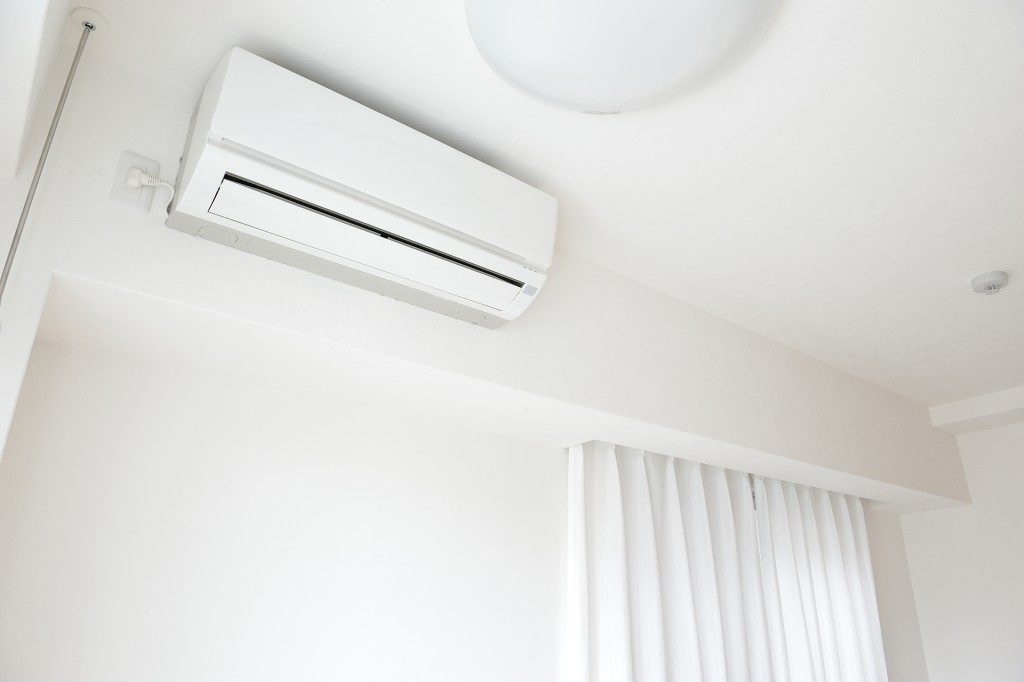
It’s not only housing that’s expensive in Australia. Even its utilities are hurting the pockets. Electricity, for example, is increasing over the years. Worse, it might even be the norm in the future unless something changes.
According to the Grattan Institute, the increasing electricity prices in the wholesale market are the new normal. Within two years from 2015, it went up by more than 125%. Household utility costs, meanwhile, ballooned to as much as 20% in 2017.
The solutions to making electricity affordable again are complex. In fact, they involve the direct participation or intervention of the government. That includes promoting climate change policies and shifting from coal power to renewable energy.
Consumers, though, can do their part. They might not be able to control the electricity prices, but they sure can reduce how much they pay. Here are a few ways:
1. Use Insulating Roofs
A lot of people seem to take for granted the significant role roofs have in improving energy efficiency. For example, a house loses a lot of its heat in the ceiling and the roof. When the thermal loss is high, it can compel an individual to use more heating appliances. In turn, it drives the utility costs up.
A solution to that is using insulated roofing systems. During the summer, they can absorb the excess heat to maintain the coolness of the interiors. In the winter, they can prevent the loss of heat. In other words, using them is a win-win regardless of the season. They are also available in different thicknesses and dimensions. They allow the roofs to suit various types of roofing styles.
2. Skip the Clothes Dryer

A clothes dryer is one of those appliances that can skyrocket your electricity bill. It needs a lot of power to generate enough heat to work. In fact, because it uses a lot of electricity, the Australian government is strict when it comes to its energy standards and ratings. Whenever you can, skip using a clothes dryer. Use it when you already have a full load. Also, consider using a clothesline to hang your clothes.
3. Improve the Ventilation
Ventilation is one of the essential ways to keep your home comfortable and energy efficient. When a proper one is lacking, it increases the risks of high moisture and humidity. It can make a space feeling musty. It also encourages the growth of mould.
Enhancing the home’s ventilation system doesn’t have to break the bank. It can be as simple a shifting to double-glazed windows, which are also useful in improving heat loss. Home-owners can also add more windows or increase their height to allow a better air movement.
4. Get the Family Onboard
It takes a community to help lower the energy costs. There’s no use avoiding a clothes dryer when the spouse keeps on opening the fridge or the children spend a lot of time charging their mobile devices or watching television. It’s important that everyone understands the importance of energy-saving tips and the role each person plays to ensure that the family enjoys some savings.
Some of these methods can give you only a few dollars of savings per week, but don’t be disappointed. By making these into habits, they can accumulate and later amount to several dollars a year.

